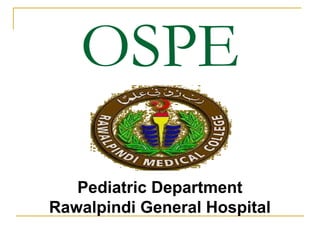This document provides guidance on basic interpretation of chest x-rays. It outlines the key steps which include checking the name, date, technical quality, and orientation. It describes how to scan the chest x-ray systematically, examining the lung fields, hilum, heart, mediastinum, diaphragm, trachea, bones, and soft tissues. Common abnormalities that may be seen on chest x-rays are also listed such as consolidation, collapse, pneumothorax, and enlarged lymph nodes.
















































